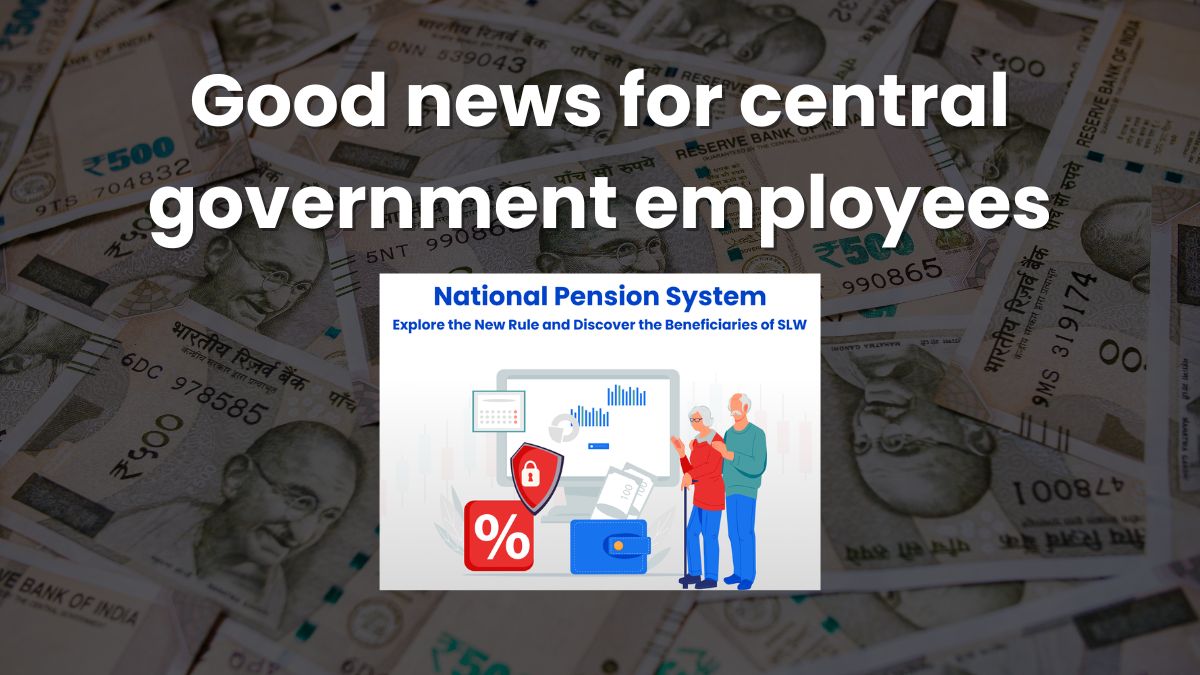Groundbreaking Integration Announces Publicly the Coming Into Force of the Unified Pension Scheme (UPS) for central government employees on April 1. This guaranteed pension shall take care of all employees financially during retirement. Under the UPS, 50 percent of the last salary will be paid as a pension, moving away from old trajectories related to pensions.
This scheme shall be integrated with the National Pension System (NPS), which is a retirement savings scheme for government employees. Currently, the scheme is restricted to central government employees, but in the course of time, state government employees will also be able to reap its benefits.
What is the National Pension System (NPS)?
The National Pension System (NPS) is the pension replacement for the Old Pension Scheme (OPS), introduced with effect from January 1, 2004. The NPS initially covered only government employees, but in 2009 it was subsequently extended by including all citizens, NRIs, self-employed individuals, and unorganized sector workers.
How Does NPS Work?
Under the NPS, a portion of salary is deducted and invested in market-linked schemes. At retirement, an employee can withdraw up to 60% of the corpus as a lump sum; however, the remaining 40% must be invested in annuities, offering monthly pensions.
Unlike the OPS, the NPS does not guarantee pensions. The pension amount does entirely depend on the stock market performance and the various investment schemes chosen by the members and hence makes it high risk-high return.
What was the Old Pension Scheme (OPS)?
The OPS provided concessional pensions for central government employees. The pensions under the OPS were calculated based on the last-drawn gross salary by the employee. The government was solely responsible for the payment of pensions, and there was no contribution from employees. Further, the pension amount was revised twice in a year on Dearness Allowance (DA) increments.
Despite being so popular and noble, the OPS was turned down in December 2003 for concerns about financial viability. While some states have revived the OPS on the demand of employees, the central government remains adamant on its stand not to revive the scheme.
UPS vs. NPS vs. OPS: Which is Better?
Unified Pension Scheme (UPS):
- Pros: Offers a fixed pension, minimum pension guarantee, and family pension. Combines the stability of OPS with the flexibility of NPS.
- Cons: Both the government and employees must contribute, which may increase financial obligations.
National Pension System (NPS):
- Pros: Potential for higher returns if the market performs well. Suitable for those with a good understanding of investments.
- Cons: No guaranteed pension, making it a high-risk option.
Old Pension Scheme (OPS):
- Pros: Provided full pension and DA increments, making it highly beneficial for employees.
- Cons: Discontinued due to its unsustainable financial burden on the government.
Why is the UPS Equally Beneficial to Employees?
A UPS has come in as a revolutionary means to take care of retirement security. Giving a defined benefit pension plan solves uncertainties with NPS on the one hand and keeps sustainable for the government on the other.
For employees, this brings peace of mind and a secure future, knowing that their hard-earned money is there with them when they need it after retirement.


